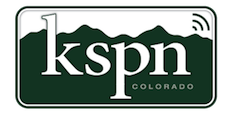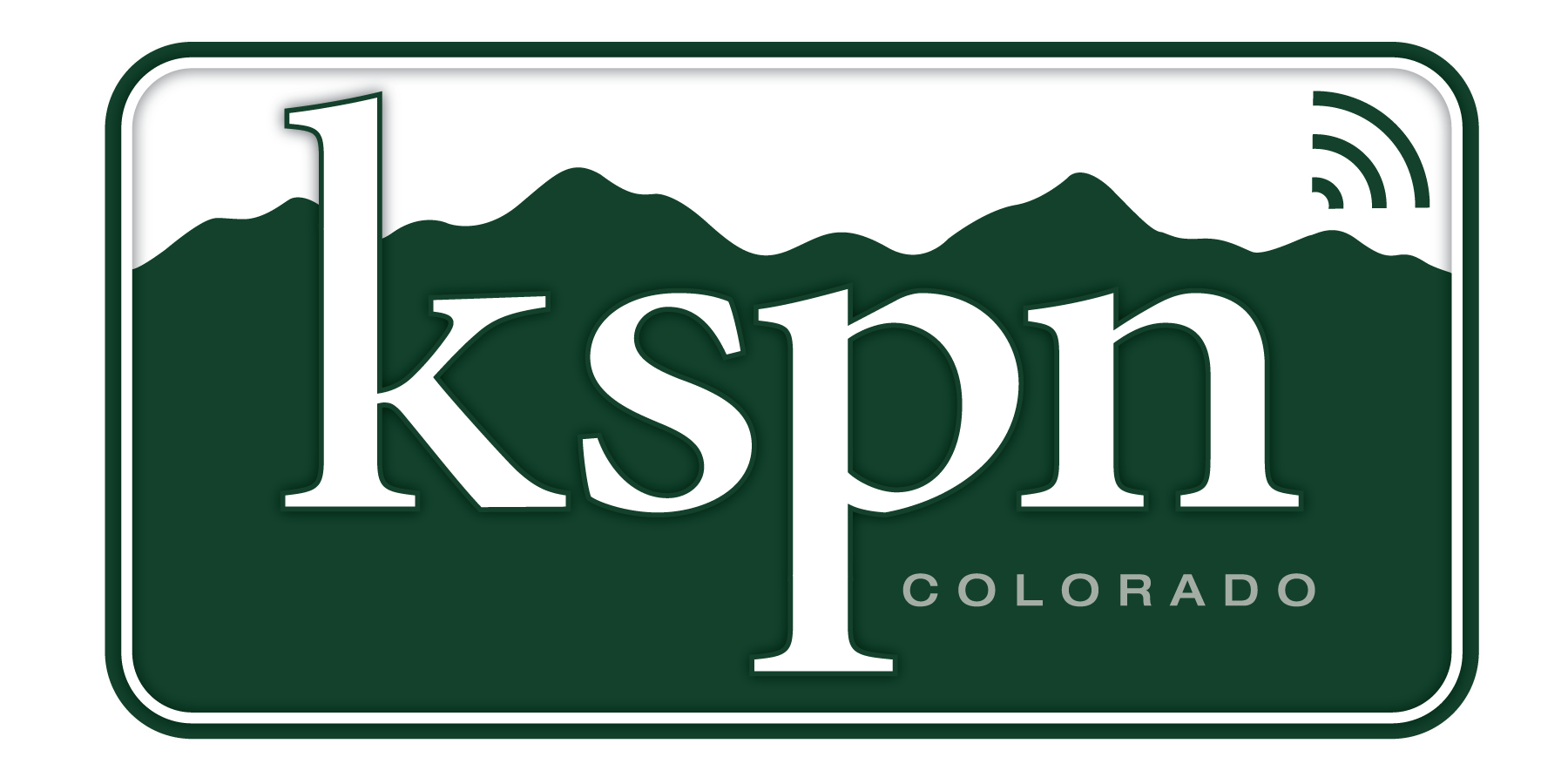
“Stream flow to be ‘best in years,’” announced The Aspen Times on Feb. 20, 1936. “L.T. Burgess, chief state hydrographer, recently described Colorado’s prospects for heavy stream flow in 1936 as ‘the best in years.’ Burgess based his predictions on Feb. 1 snow measurements on all the state’s major watersheds. The measurements were made at 45 stations in cooperation with the United States bureau of agricultural engineers. Accurate forecasts for 1936 stream flow will be possible, Burgess said, after the April 1 measurements. Flow of virtually all rivers and larger creeks has been below normal in recent years. The heaviest drainage depth reported for Feb. 1 was 70.6 inches on the Big Grizzly basin, a tributary to the North Platte river. At Fremont pass, 11,300 feet high and the dividing line between the Arkansas and Colorado river watersheds, the average was 50.6 inches. Colorado river drainage area averages included: Berthoud pass (Fraser river) 46.7; Williams Fork 31; Fiddler’s gulch (Eagle river) 42.4; West Portal Twin Lakes tunnel (Lincoln gulch) 44.5; Phantom Valley (Rocky Mountain National Park) 30.5; Yampa river 40.7; Burro mountain (White river) 49.” The image above shows Hyman Avenue covered in snow, February 1936.

